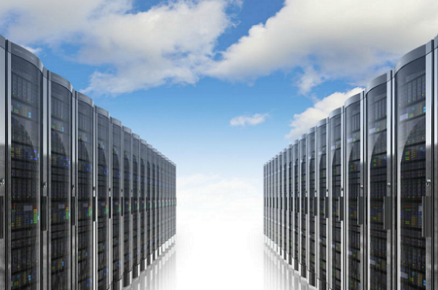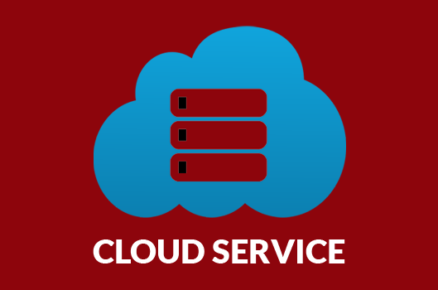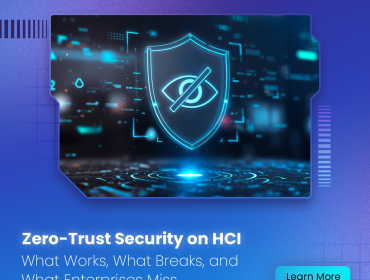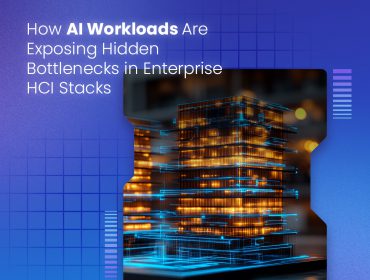As an end consumer looking at the cloud space, there are two major types of clouds to choose from: open source clouds, championed by the likes of Citrix and Rackspace, and closed clouds, characterized by Amazon, HP, and Google. There are reasons that the two types of cloud technology are differentiated, whether from a functional or marketing perspective, but in the end which is better for an end consumer’s business?
Overall, the end consumer probably doesn’t care to be perfectly honest. Beyond some ethical or semi political belief with regards to cloud usage, or a lack there of, consumers simply want functional product. So then we are left with the question: Why make a differentiation?
At the level of end consumer, whether it be a SaaS platform with regular consumers, or if its an IaaS type cloud with SMB or enterprise customers, broadly each audience don’t care. The bottom line these consumers care about is the cost of operating expense on the cloud. They won’t really care about if a cloud is open or closed source if the price benefits don’t match the IT strategy and business need driving cloud adoption.
The reliability of the API, however, can make a strong case for choosing one cloud over another. This is where we see, especially in an IaaS cloud, the marginal impact of which version cloud a business chooses on its ability to get maximum value out of their choice. When Amazon makes an API change, end consumers don’t necessarily have a view into when or if the change is coming. Amazon implements the change in their cloud and then provides some information in release notes. That may have an impact on a business if you are using the particular API feature that was modified. In an open source world, a business can track was developing in that community if they are diligent. A company might even be able to add their own input into feature development based on how they use it internally. However, not a whole lot of organizations or people in organizations care that deeply to track the changes.
With a closed source cloud like Amazon, many businesses are comfortable knowing that Amazon will not end up making so many drastic feature changes over a period of time. Amazon might be constantly adding features, but that doesn’t necessarily have an impact on what a business is currently using.
In the open source cloud, you can have input into its directionality. That input can be small or large. A business can even pour money into it to change the direction of that product. A company like Zynga poured incredible resources into Cloud.com and CloudStack, helping change the direction of how that cloud was developing prior to it being bought by Citrix.
The other interesting aspect of the open source cloud isn’t simply for the simple benefit of the end consumer. The environment that spurs the open cloud is competitive and also spurs innovation at a fast pace. For Citrix to open source CloudStack as CloudFront or for Rackspace to open source OpenStack, there has been a proliferation of small companies come up and host their own clouds, whether as consumer clouds, internally available clouds, or other versions. That entrance into the market space proposed a no-brainer for companies that hosted their own internal OpenStack clouds to consumer resources from Rackspace as well. Similarly, companies who have built and utilized their own clouds on Citrix CloudStack have an easy time hosting resources with CloudStack vendors, such as Logicworks. Companies now have a community at large that is using open source clouds that can be appealed to.
Open clouds, since they are predicated on the time and energy of a broader dis-unified community, don’t have the horse power to drive innovation like the closed clouds can. Google, Amazon, HP and Microsoft are billion dollar companies who can pour almost unlimited resources into the parts of the business the see as valuable, and since cloud is hot, that is where their development dollars go. Rackspace, being a multi-million dollar company, and Citrix being a billion dollar company, are both pouring money into the development of their clouds, but they are not spending the same as the larger companies are.
So whats better for business? It really depends on how your business aligns itself. If you’re a small, hip business that consuming a lot of open source, perhaps you are giving back to the open source community, maybe you do take that semi-political stance on what cloud you use. Or you don’t. At the end of the day, the only difference between the different competing products is the syntax of the API, which is already failry common across the board for the base subset of features.
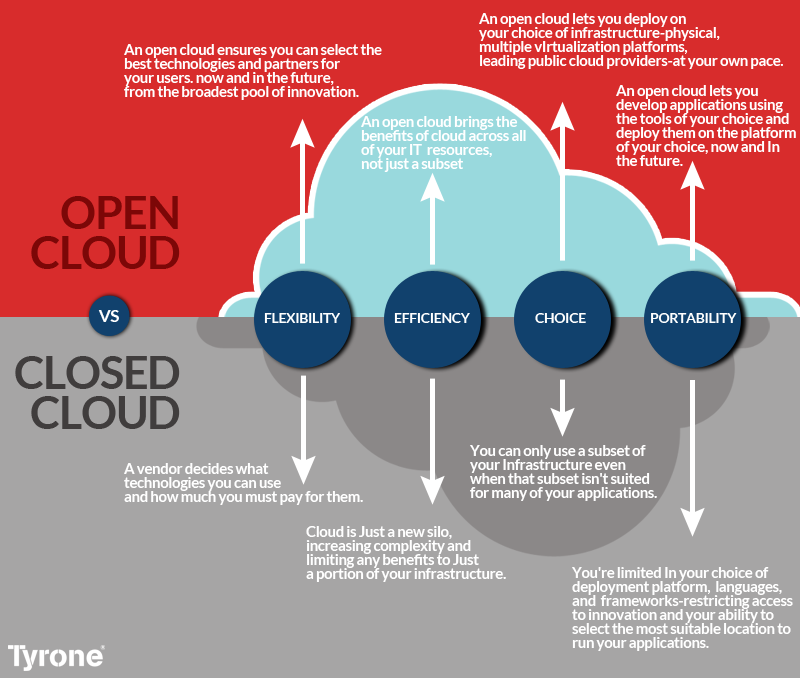
(source: http://www.logicworks.net/blog/2012/12/open-vs-closed-clouds-whats-better-for-business/)





